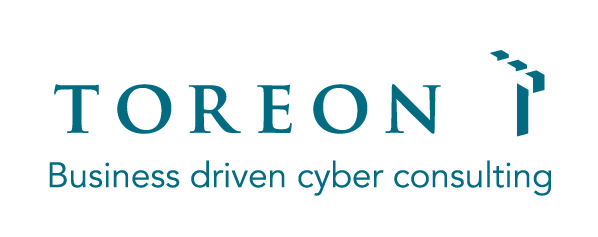Writing risk descriptions in your threat models is an intricate art that often leaves beginning threat modelers puzzled. In this article, we explore the parallels between risk descriptions and user stories, highlighting convenient templates that aid in accurately describing risks. Discover how a free and open-source tool can revolutionize your approach to threat modeling, including guidelines for self-hosting to ensure complete control.

